“Though I do not believe that a plant will spring up where no seed has been, I have great faith in a seed. … Convince me that you have a seed there, and I am prepared to expect wonders.”
– Henry David Thoreau
Autumn 2010
It’s a partly cloudy morning, temperatures are hovering around 35 degrees, and frost has begun to creep downward into the fertile earth. The winds are light and a blanket of snow, the first of the year, covers the ground. Perfect conditions for our work.

We don our boots, coats, and gloves, and prepare to head out. White nylon bags lie in the truck bed like fat grubs, filled with seed and ready to be emptied onto the land.
We arrive at Belwin’s restored Creative Center oak savanna and begin to unload the bags of precious treasure. The bags are light, and inside the seeds smell like autumn.
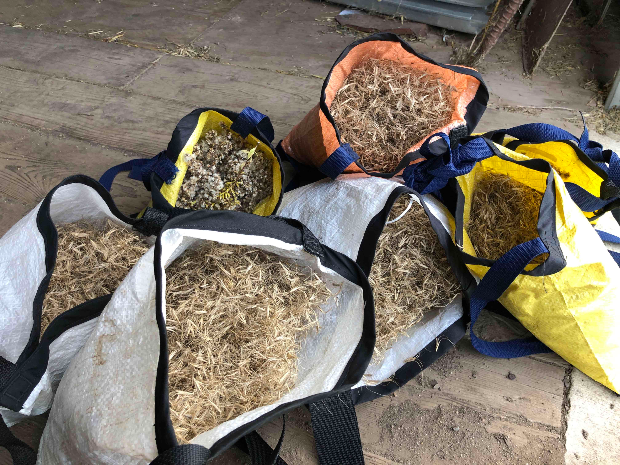
We reach in and pull out handfuls of beautiful little bluestem grass seed (Schizachyrium scoparium). The tiny, lightweight seed heads have white fluff on the ends which helps them fly over the landscape and land in their new home.
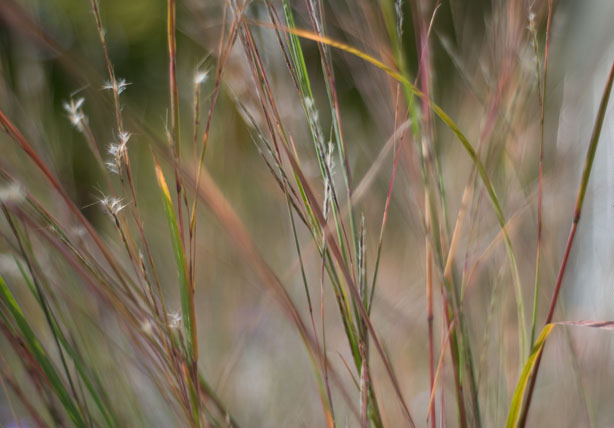
Some of this seed has been harvested on Belwin Conservancy property, the rest has been sourced from local vendors.
Evolution of Prairie Restoration
Early conservationists, like Aldo Leopold, had to look incredibly hard in the early 1930s to find appropriate, local seed. Railroad right-of-ways and old graveyards provided what was needed to start a small plot at the University of Wisconsin at Madison Arboretum, which was the beginning of modern day prairie restoration.
Over time we have come to understand that local seeds are absolutely necessary for restorations to thrive and to be successful.These seeds and subsequent plants are well-adapted genetically to local weather patterns and conditions. Differences in temperature, precipitation, and soil variations create ecologically different prairie habitats.
Shortgrass prairies, covering the western Great Plains, are adapted to 15-25 inches of precipitation annually and are able to withstand severe drought. Plants like grama and buffalo grass may only grow up to 10 inches tall.

Tallgrass prairies, covering the eastern Great Plains, are adapted to 30-40 inches of precipitation annually. Plants like bluestem, Indian, and switchgrass may grow up to more than 6 feet tall. Species like bees, butterflies, and birds have co-evolved alongside the prairies creating complex and varied communities.
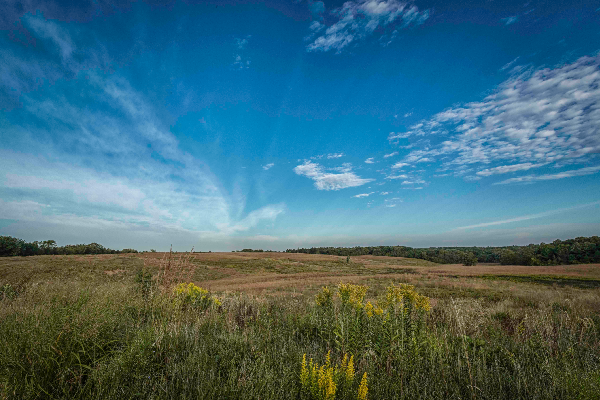
Restoring a native grassland is an act of faith. We clear the land, spread the seed, and wait. We must believe that our efforts will bring forth a dynamic community of plants that will create a home for all the life forms that are dependent on it.
Fast Forward to Fall 2019
This year, as we have been doing for several years, we have invited volunteers to help us harvest seeds in the fall. One group of helpers, including children, comes on a sunny Sunday in September, stalking out over Kettelkamp Prairie and plucking seeds from stems.
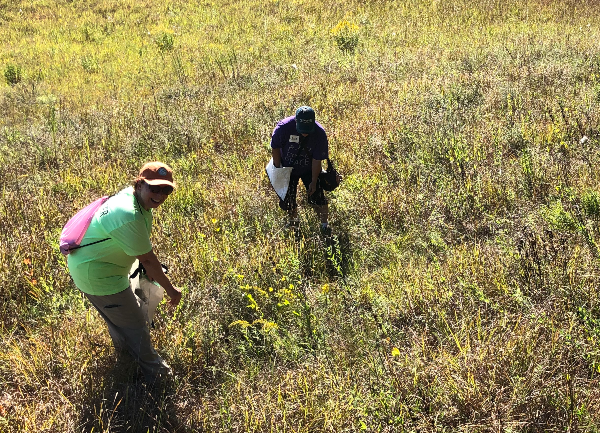
We show them how to strip the seed from stem, and quickly tuck their harvest into mesh bags strung around their waists. When their bags are full, they return to the vehicles, where we carefully place the various seeds into larger bags.
Many hands make light work, and seeds have been collected from twenty plant species on Belwin lands this year. This rich harvest, now cleaned and bagged, are ready to be sown at various locations on our property; those that need a little extra help or new areas that we have opened up to restore.
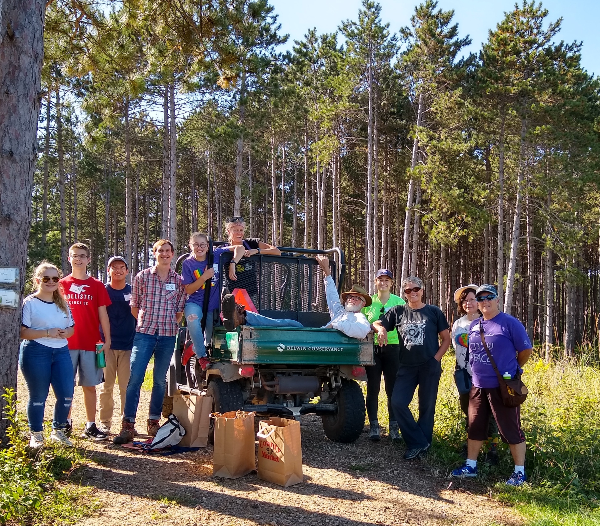
Over the winter, the seeds will be stored in our seed room. When conditions are right, many of these seeds will be broadcast, supporting our restoration efforts and finding a new home at our Stagecoach Prairie. As the plants grow with the heat of summer, fall will come again and once more we will head to the prairies to collect the riches that will fill our bank.
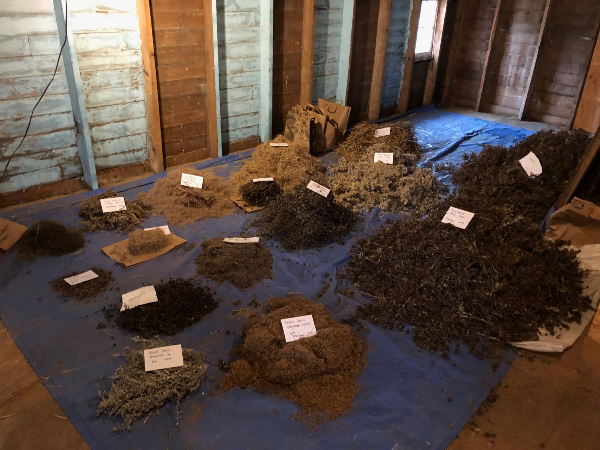
Back to Autumn 2010
On the steep slopes of the Creative Center oak savanna, we broadcast the native seed. The contrast of snow and seed allows us to monitor where we have thrown seed and where we have not.
The seeds, now covered and protected by the snow, will lie in wait for the warming of the soil. As the soil freezes and thaws the seeds will work their way down into the ground. As warming temperatures and gentle rains bring spring, then the wonder that is a seed will germinate and reach for the sun, home again in its rightful place.
